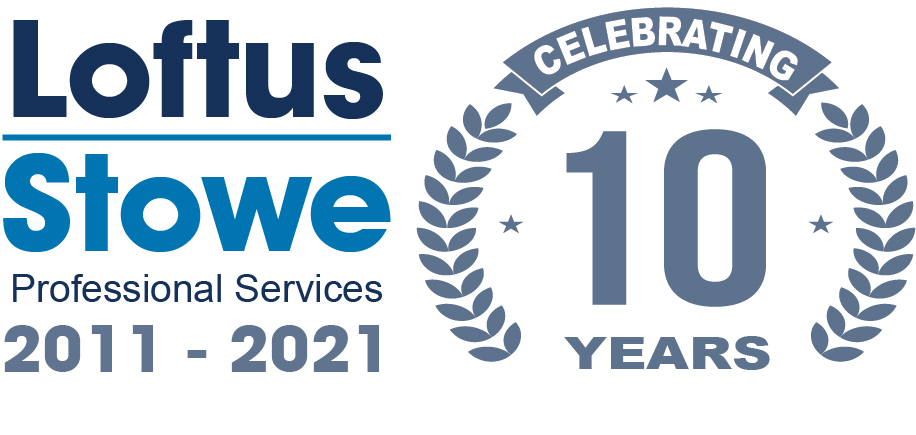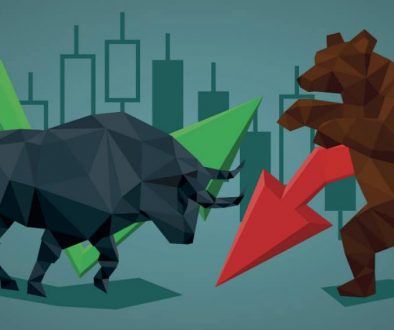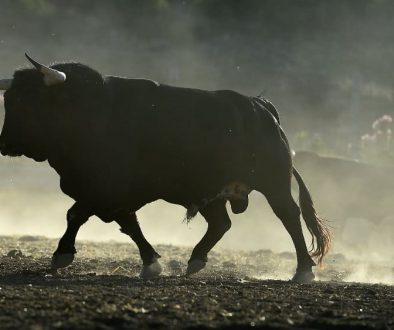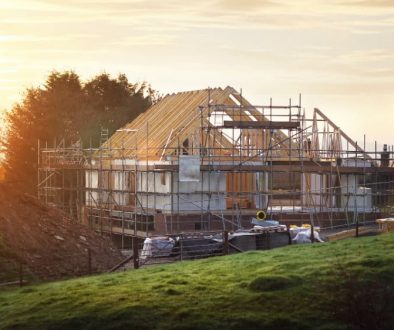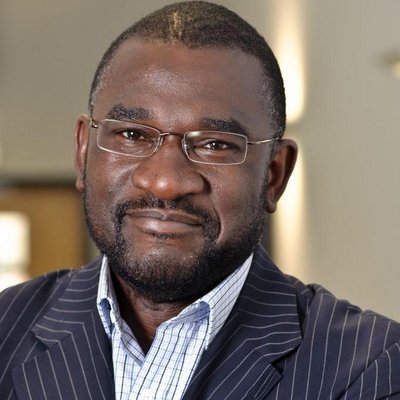Investors have traditionallywanted plentiful exposure to the financial services sector. It is where the money is, after all.Financials was oneof the most rewarding sectors to invest in before the credit crunch and it has been one of the most disastrous ever since. Could it stillmake you rich?
Life Alive
Banking stocks mayhave struggled since the financial crisis but the insurance sector has boomed. Over the past five years, Standard Life is up 78%, Asia-focused Prudential has soared145% andLegal & General Grouphas flown a joyous 160%.Aviva (LSE: AV), which I bought as a recovery playa few years ago, is up, ahem, 14%. Aviva continues to be the bridesmaid rather than the bride, although looking at those performance figures I wonder whether it has been invited to the wedding at all.
It nowlooks cheap at around 10 times earnings and even the dividend, cruelly slashed in 2013, is looking respectable again at 3.72%. Maybe Aviva has been harshly treated, given its rapidintegration of recent purchase Friends Life, 11 consecutive quarters of new business growth, and progress towards Solvency II capital requirements. Chief executive Mark Wilsons attempts to build a stronger, leaner businessare praiseworthy, although maybe not quite thrillingenough. Forecast earnings per share (EPS) growth of 12% next year, lifting the yieldto 5%, suggest that Aviva could make you alittle richer. If slowly.
Banco Crisis
Santander (LSE: BNC) has endured a troubled five yearsseeingits share price has almost halved from 701p to todays 370p. Only Standard Chartered has fared worse, down 68% over the same period. Both have been punished for the same reason they were celebrated before the financial crisis: their diverse global reachwhich included plenty of exposure to once booming emerging markets.
In the case of Santander, it is Brazil that has done the damage. The healthier UK economy has compensated, withSantander UK recently reporting a 6% jump in Q3pre-tax profit to496m, buoyed by the success of its 123 current account. The European Central Banks QE-fuelled attempts to revive the Eurozone may help Santander recover in Spain.
Santander began 2015 by slashing its dividend but it still yields around 3.8%. At 11 times earnings, the price is reasonable. Brazil, however, remains a drag.
BARC Or Bite?
I expected betterfrom Barclays (LSE: BARC) this year but then, I expected betterfrom stock markets generally. The bankis down 16% to 234p over the last three months as investors scornedits Q3 results, which showed adjusted profit before tax down10% to 1.4bn and a whopping 23% lower than the previous quarter, when it posted 1.85bn.
Investors were also concerned about the prospects for Barclays investment banking. A seemingly impressive 31% rise in nine-month profits to1.76bn apparently fell apart in month 10. Like so many FTSE 100 companies, Barclays is busy cutting costs andditching non-core assets to focus on UK retail and business banking, Barclaycard and the African businesses. Smaller, leaner Barclays is forecast to grow EPS by 29% this year and 20% next, which looks zippy to me, and the yield is expected to creep up to 3.6%. The recent share price dip makes it a buybut pleasedont expect to get rich quick. Then again who does, these days?
Buying big name companieswhen they have temporarily fallen on hard times is one way of building long-term wealth from the stock market, but there are others.
This FREE Motley Fool report10 Steps To Making A Million In The Marketsets out how the rightstrategy for investing in stocks and shares over the long-term can make you rich.
You might be surprised to discover howordinary people can become astonishingly wealthy by investing in stocks and shares.
This report shows you how to do it, step-by-step. To find out more,click here now.
Harvey Jones has no position in any shares mentioned. The Motley Fool UK has recommended Barclays. We Fools don’t all hold the same opinions, but we all believe that considering a diverse range of insights makes us better investors.
